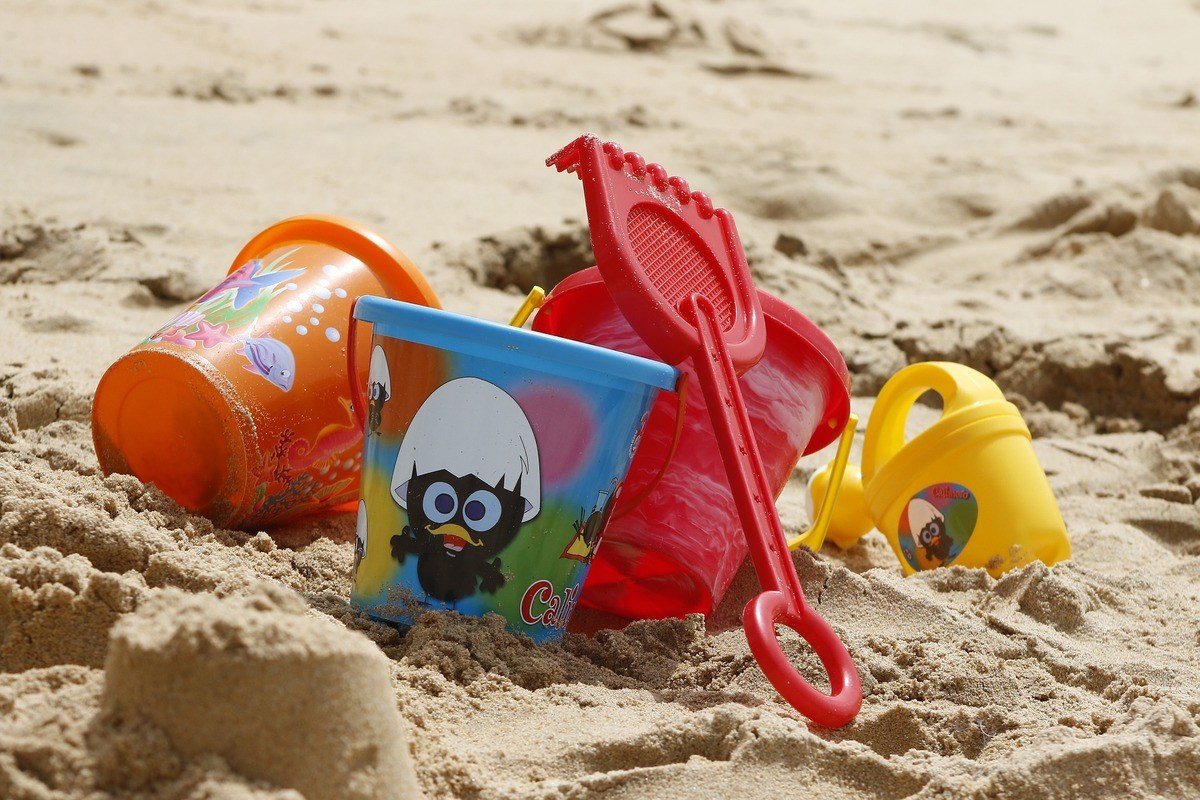Anyone who has ever spent any time around young children will know that they all have the same favorite question, in fact, it’s the shortest question in the English language. Why?
Kids ask why all the time, they are curious and have an insatiable thirst for knowledge. Another wonderful thing about kids is they have seemingly endless creativity, they are good at
divergent thinking. Divergent thinking can be defined as the ability to interpret a question in many different ways and the ability to see many different answers to a question. The bad news is that research has documented that this creativity declines over time:
Unfortunately, our capacity for divergent thinking deteriorates with age. A longitudinal study of kindergarten children measured 98% of them at genius level in divergent thinking. Five years later, when they were aged 8 to 10 years, those at genius level had dropped to 50%. After another five years, the number of divergent thinking geniuses had fallen further still. Robinson argues that the main intervention that these children have had is education, a conveyor-belt education that tells them that there is one answer at the back of the book but don’t look and don’t copy.
Here’s a nice video video that gives more color if you want to be entertained for another 3:29.
As we age, we stop asking why with the same frequency, partly because we’ve gained knowledge, partly because we’re sometimes afraid to appear to not know something, or maybe it’s because we’ve suppressed our urge to be curious and to learn.
All of my best moments and breakthroughs happen when I think divergently and when I keep trying to understand why. Notice, I used the phrase “understand why”, and not just asking why. There is a difference, as just asking why will make you appear to be 4 years old. The goal is to understand why, which requires questions that are more thought provoking than a simple, “why.”
I typically use two different approaches to get a better understanding. The first is to ask different people the same question, and see if I get the same answer. The other is to ask someone a question in a few different ways, and see if the answers are consistent. Here are some examples that can be used, some for both approaches:
- Who is / are your best customer(s)?
- If you could start this business all over, which customer would you take first?
- Who is the best athlete on the team (metaphorically speaking)?
- Who do you think would be voted as the most valuable employee?
- What is the biggest hurdle facing the business?
- If you had a magic wand, what is the first change you would make?
What can happen with creativity, imagination, and questioning the status quo? The obvious answer is anything, but besides the commercial breakthroughs that are well known (iPhone, Uber, Airbnb, etc.) here are some other real-life examples that popped into my head as I was writing this:
- You can increase the odds of savings lives. Brandon Mulnix (disclaimer, he’s my cousin), helped improve 911 responses by getting phone calls transferred from 911 operators to first responders so they can arrive better informed and ready to act.
- Turn playing into stored energy. Unchartered Play developed the Soccket, which is a soccer ball that generates and stores electricity, providing off-grid power that has been used in impoverished areas. The concept was simple, kids playing with a ball could generate power for lights, charging cell phones, playing music and cut down the need for unhealthy lighting sources such as kerosene lamps. Here’s the TED talk from the co-founder (Jessica Matthews).
- Eliminating unnecessary paper waste. Catalog Choice made it easy to opt out of receiving catalogs, regardless of your motivation. While this is great for the recipient, it still adds value for the sender as they can avoid alienating customers and reduce costs by not sending mail straight to the trash.


